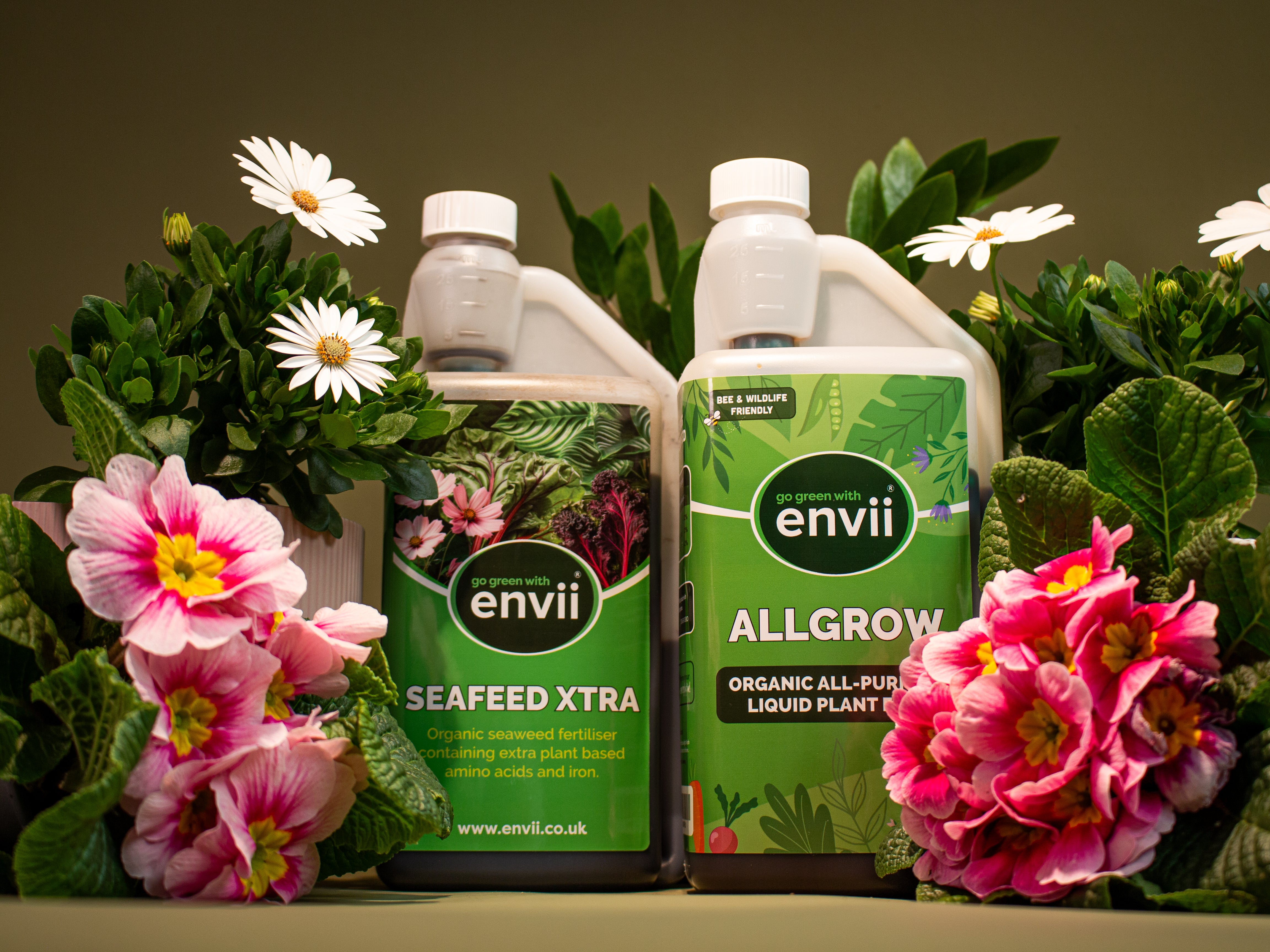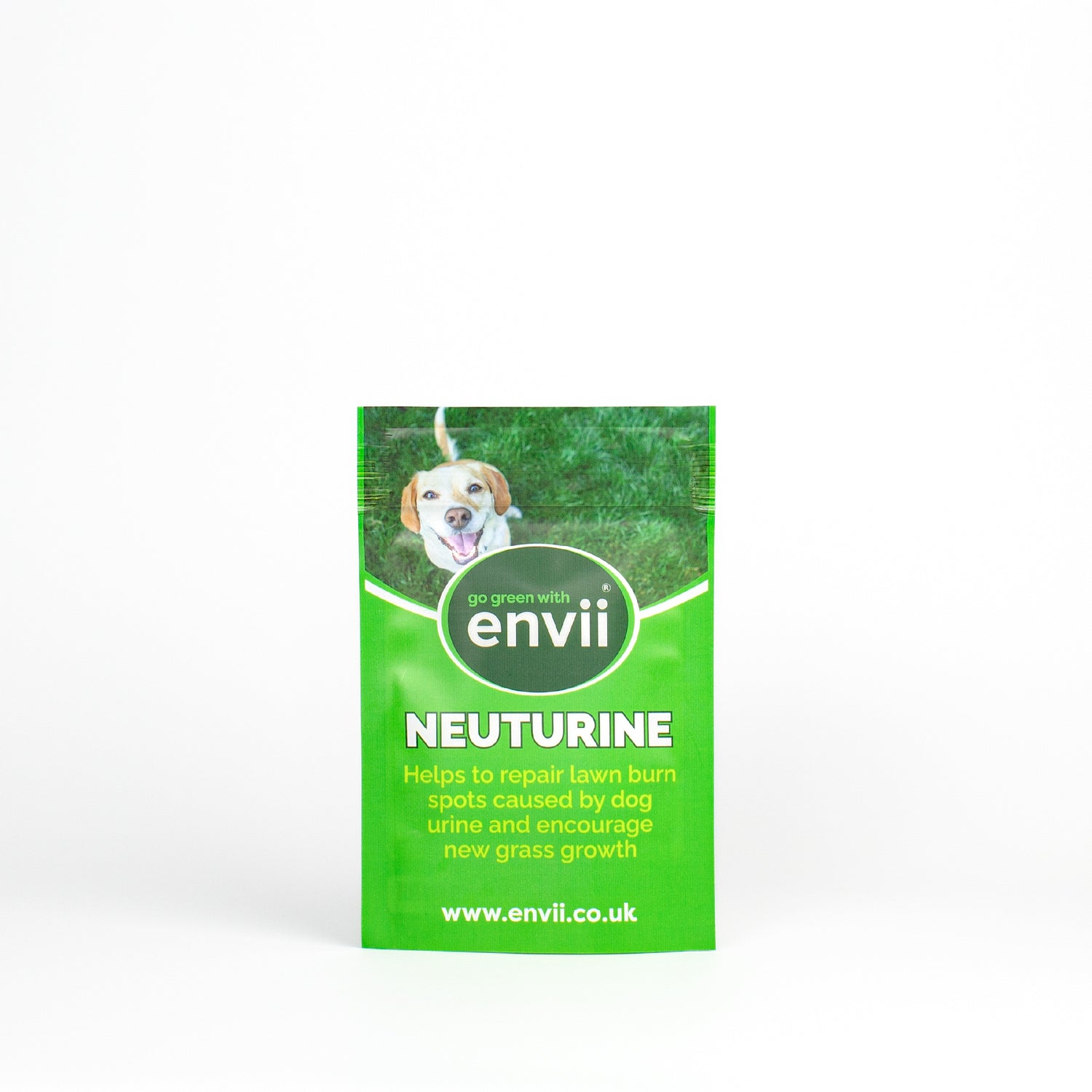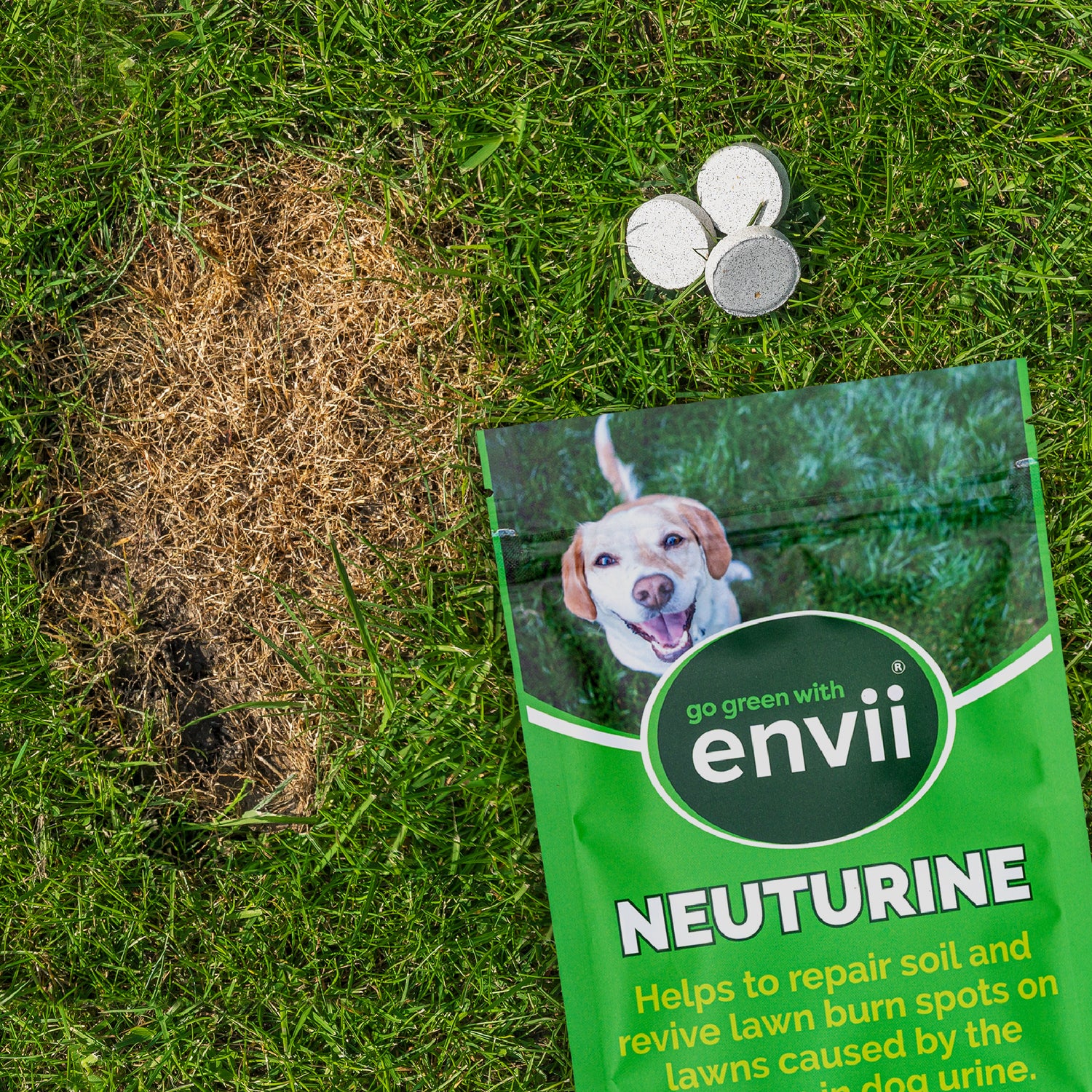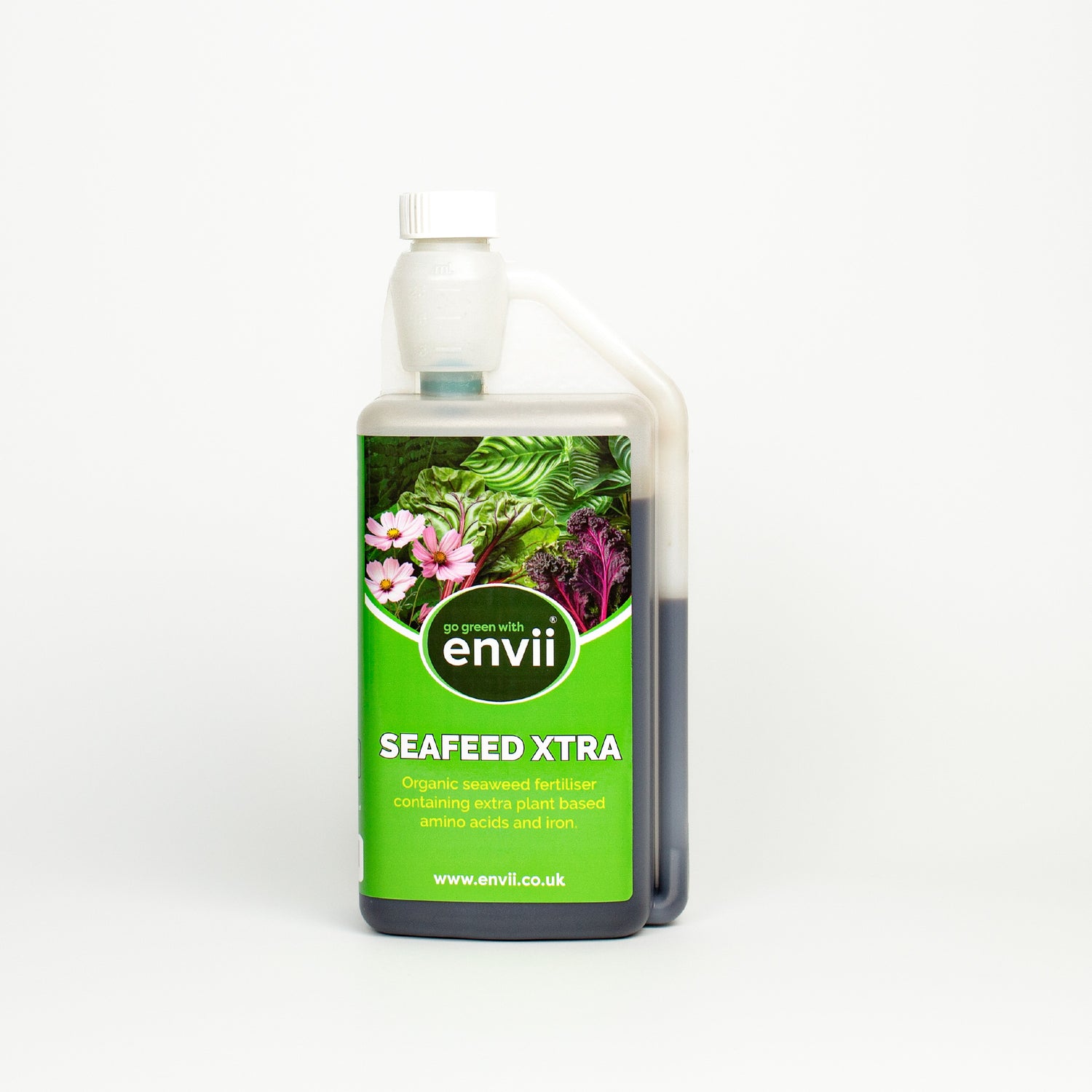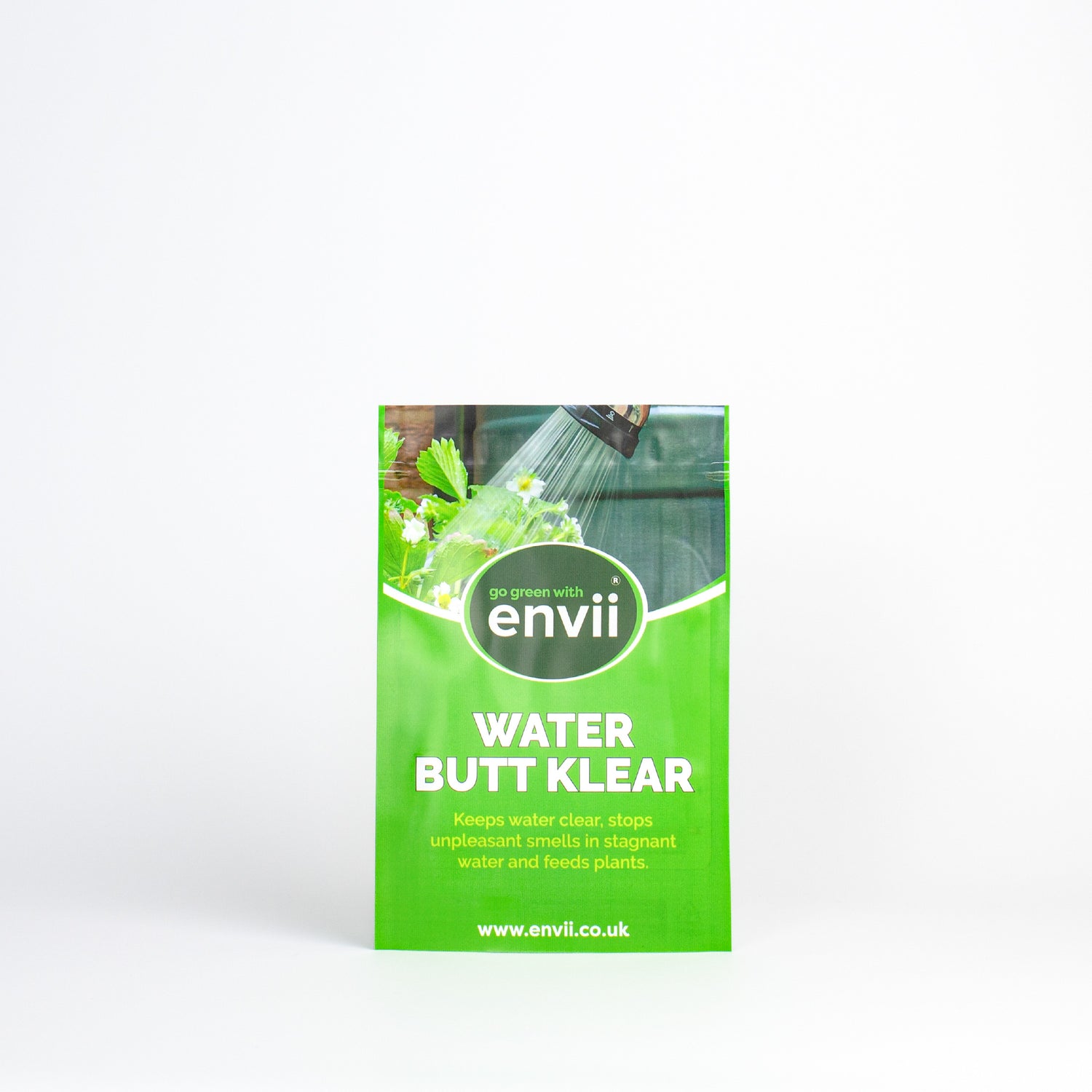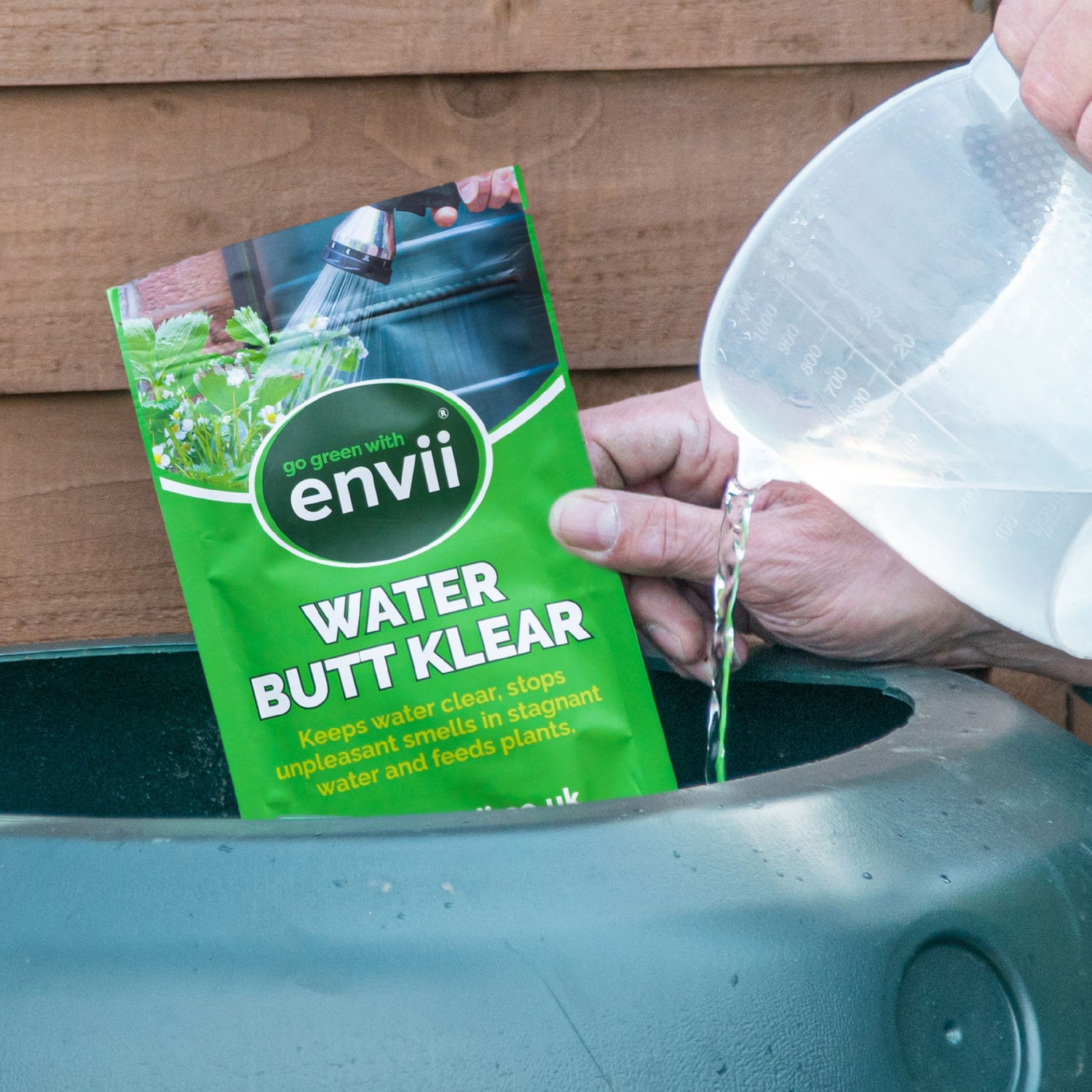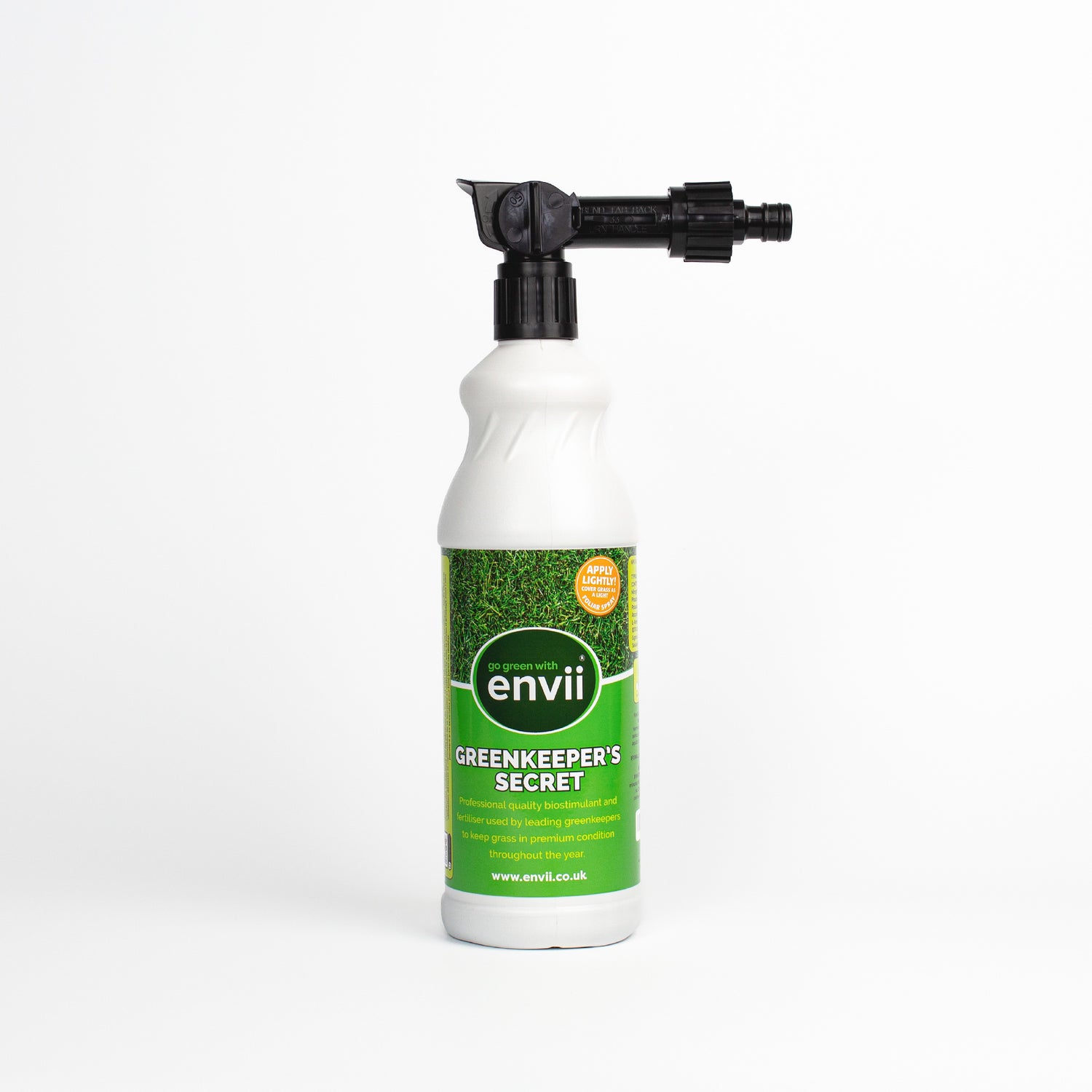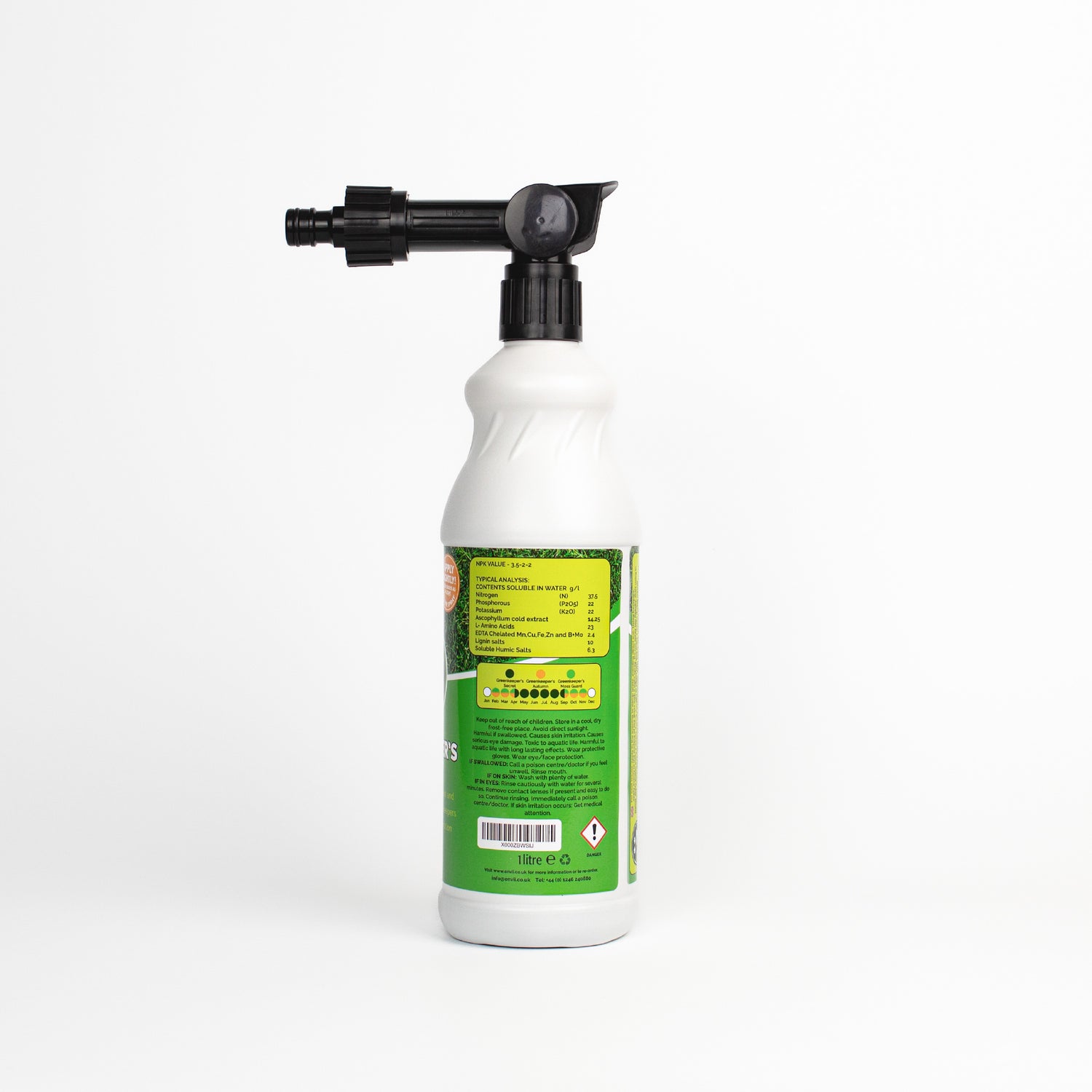What is a hosepipe ban?
Millions of households in the UK could be hit with a hosepipe ban in the event of a summer heatwave. The lack of rainfall and demand for water means the supply reservoirs are lower than required. Particularly for the warmest time of the year. With this, water companies are likely to introduce a hosepipe ban to reduce water consumption to close to winter levels.
Hosepipe bans aren’t as straightforward as many people think. Typically, they are temporary use bans. With water supply companies setting guidelines which apply to specific regions. This simply means there are domestic restrictions for the use of hosepipes. Usually, in relation to swimming pools, car washing, and you guessed it, gardening.
What does a hosepipe ban mean for gardeners?
If you’ve got a big allotment or frequently use a hosepipe, prepare to adjust to change. No matter how much you’re growing or how much water your plants need, you’re not allowed to use a hosepipe. At least until the ban has been lifted. We understand that for some of you, that’s quite problematic.
However, as a gardener, a hosepipe ban doesn’t have to be fatal for you or for your plants. In this post, we’re covering simple and practical hacks you can use to survive the hosepipe ban. Whether that means your back garden or your allotment.
Treating Aquaphobic Soil
One thing that can happen to many gardens during a heatwave, depending on its quality and state, is the soil becoming aquaphobic. Aquaphobic soil is when soil becomes somewhat impenetrable by water. Causing uneven water distribution and in turn affecting the quality or potential of plant life. This water repellency occurs from the breakdown of waxy, water-repellent materials within the soil. These are further hardened off and cause the soil to become tightly compact, especially during times of a heatwave.
Fortunately, there is a way to fix this!
Washing up liquid is a surfactant. Surfactants are surface active agents that work to lower the surface tension between two surfaces such as a liquid and a solid. So in this case, that would be between water and soil. Washing up liquid, therefore, has the ability to reduce surface tension. By breaking down the waxy surface on the particles of the soil, the water will penetrate and can be absorbed. Rather than to run through and past the soil.
If you have aquaphobic soil whether, in your garden or lawn, this simple household item solves the issue. So any water you do use to water your garden isn’t going to waste.
Using Grey Water
The height of summer comes with low rainfall, therefore it can be a very dry season. This coupled with a hosepipe ban, is a recipe for a drought! However, one way to get around this is by using grey water.
Grey water is relatively clean domestic wastewater that can be recycled.
Ways to collect grey water:
- Water from the shower, bath, sink, washing up bowl
- Leftover boiling water (cooled)
- Any other place where water is somewhat clean after being domestically used.
It’s great to collect and conserve water for use in the garden. Especially during a drought or in times of a hosepipe ban. Some forms of grey water are actually nutritionally beneficial for plants. Water used to boil vegetables for meals contains beneficial minerals and can be cooled and used to water plants. As for the grey water, is less or no nutritional value, we’d recommend giving it a boost by adding some Seafeed Xtra!
Self-Watering Methods
Surviving a hosepipe ban for gardeners isn’t just about conserving water. It’s about being able to make the most of using water. Particularly when it comes to watering plants. Self-watering systems are the perfect solution, and they have several benefits!
Saving Water
The first, of course, is that they save water. Think about how you typically water plants from above with a hosepipe, in hot weather. Most of this water will evaporate from the surface. That’s unless you apply it long enough to soak deep into the soil. Meaning the roots never really get access to it.
With self-watering systems, water is gradually delivered into the depth of the soil. This prevents the water from evaporating. The amount of water used in such systems is considerably lower than ‘traditional’ watering. Plus, a healthy moisture environment is sustained for the best growing conditions.
Nutrient Retention
Self-watering plant systems gradually release moisture to plant roots. Therefore, the nutrients within the soil are better retained within the immediate growing environment of the plant. So the nutritional value of compost, soil, fertilisers or other treatments applied doesn’t go to waste.
Encouraging Root Growth
Shallow watering or a quick sprinkle with a hosepipe isn’t going to do your plant roots any favours. This is almost certain to result in shallow root growth. With a deeper penetrating watering method, water travels deeper into the soil. And thus stimulates plant roots to grow deeper in order to find the moisture supply. And because the plants are watered gradually, the water doesn’t oversoak the soil, eliminating the risk of root rot!
Self-Watering Methods:
The following methods are easy DIY self-watering systems. They deliver water to your plants to save water, retain nutrients and encourage root growth.
- Milk Bottle Feeder
- String and Bottle Capillary Action
- Wine Bottle Feeder
- Ice Cubes
Now you’re fully equipped!
For some, gardening is already challenging enough. So if you know there’s a hosepipe ban on the way, it’s important to plan ahead and have a gardening maintenance regime.
That doesn’t have to be anything complicated. It’s simply thinking about how you’re going to sustain your garden plant life with less access to water. By following the steps mentioned above, you should be fully equipped to survive a hosepipe ban.
But remember hosepipe bans aren’t forever. If you keep on top of your gardening before you know it, the rain will return soon enough to save the day! In fact, putting these hacks into practice regardless of the circumstances will save you money and water, all whilst being an eco-friendly gardener!
Share
